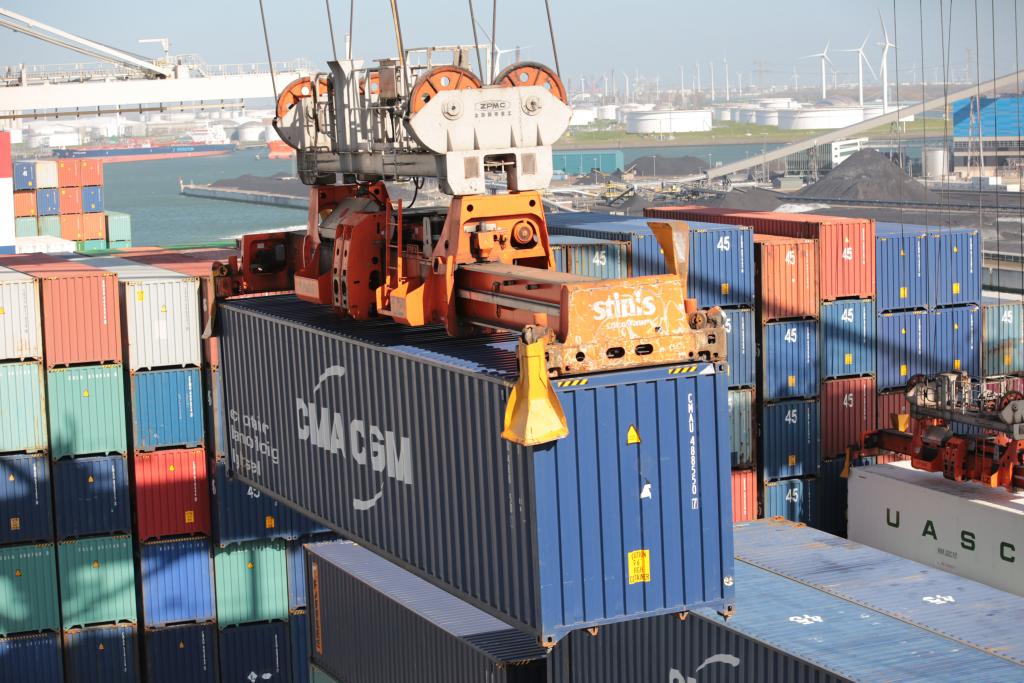
The Collision Regulations are often described as the sea-going equivalent of the Highway Code and, without them, maritime navigation would descend into chaos. The point was made by a High Court case concerning a collision between two very large merchant vessels on the approaches to a Chinese port.
The port bow of a bulk carrier, which was exiting the busy port at night, made contact with the starboard side of an inbound container ship, causing damage estimated at $13.5 million. Visibility and weather conditions were good and both vessels were fitted with modern radar and other navigational aids.
Each vessel was aware of the other’s presence and there was radio contact between their masters prior to the collision. Various manoeuvres were performed with a view to keeping the vessels at a safe distance but to no avail. The question of where fault lay was referred to the High Court Admiralty Division for resolution.
The case hinged on a section of the Collision Regulations known as the crossing rule. The rule states that, where two power-driven vessels are crossing so as to involve risk of collision, the vessel which has the other on her own starboard side shall keep out of the way and, where possible, avoid crossing ahead of the other vessel.
Ruling on the matter, the Court found that, in accordance with the rule, the container ship – as the ‘give-way’ vessel – was obliged to take early and substantial action to keep well clear of the bulk carrier. The container ship’s master failed to appreciate or understand how the vessels were approaching each other. He wrongly thought that they would pass starboard to starboard when they were in fact set to pass port to port.
He ignored what his own radar was telling him and, in flagrant breach of the crossing rule, sought to cross ahead of the bulk carrier. There was no causative fault on the part of the bulk carrier’s master and the container ship was thus solely responsible for the collision.
The Court noted that the case illustrated the importance of vessels complying with the crossing rule in order to avoid close quarters situations. Had the container ship been mindful of its obligations as the ‘give-way’ vessel, the collision would never have occurred. Navigation, the Court emphasised, would be safer if mariners observed and heeded the bright light provided by the crossing rule.